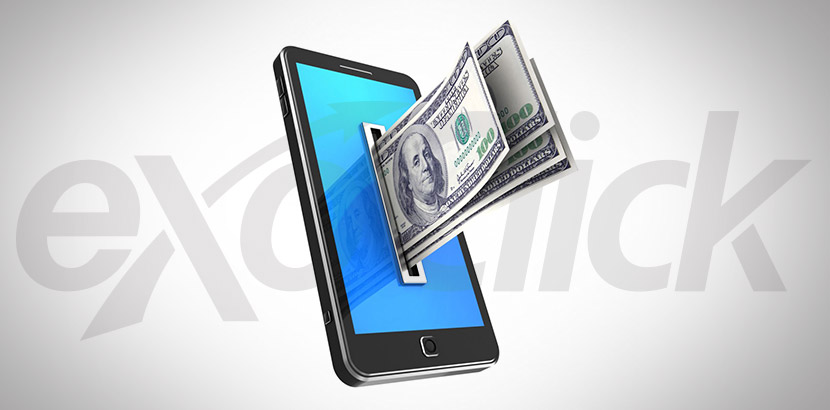10 carrier billing tips and facts

ExoClick recently updated its mobile carrier targeting feature on its platform so that advertisers can target hundreds of carriers with the possibility of using carrier billing. To demonstrate just how important this new feature can be for your mobile traffic conversions we have put together 10 useful carrier billing tip and facts to help you make the right mobile carrier targeting decisions on the platform.
FACT 1 – Just 1 click, that’s all it took
Carrier billing is achieved through a direct integration into the billing system of a mobile operator, allowing a charge to be placed on a phone bill. The beauty of carrier billing is that it’s just so convenient! Some carriers allow 1 click payments, no having to type in your credit card details, expiry date and CVS number, just tap once to pay and it goes immediately on your phone bill.
FACT 2 – It’s a growing market
According to Juniper Research, the global carrier billing market was worth around $4 billion in 2014 and it is predicted to rise to around $13 billion by the end of 2017. Which is why…
FACT 3 – Mobile operators are fighting back
Carriers have been pushing their own billing systems for quite a while now, it was the only way for them to survive as technology took away many of the revenue making opportunities they once had. SMS messaging was replaced by WhatsApp, MMS was replaced by Instagram and Snapchat, calls have been replaced by Skype or Facetime. So carrier billing allows the mobile operators to fight back and to gain a slice of the revenue that’s flowing over their networks anyway.
FACT 4 – The big boys are all into it
While Apple has build it’s mobile ecosystem on credit/debit card sales, Android is all for carrier billing. Business Insider pointed out in April 2014, “Google has been cutting deals with wireless carriers everywhere”. At the end of 2014, carrier billing was also introduced on Amazon’s Appstore and Samsung is rolling out carrier billing for users of Samsung Galaxy Apps.
FACT 5 – Carrier SDKs for developers
As app stores have pushed sales and downloads in the digital content market forward, so carrier billing has grown and increased its share of the overall market and one of the factors for this growth is that carriers have been providing their own SDKs to developers for in-app carrier billing.
FACT 6 – Carrier billing isn’t just for less wealthy markets
Although carrier billing is commonly used for transactions in emerging economies where much of the population may not have credit cards, banking etc, it is unfairly painted as a payment method that’s mainly popular in poor countries. According to Business Insider, Google’s work with carriers has actually focused on wealthy economies, with thriving app stores, including in Japan, the U.S. and the U.K.
FACT 7 – Impulse shoppers
Think about your price point when selling in a product that uses carrier billing – it needs to be cheap, on special offer or bundled with free extras – who can resist a bargain? It will be purchased on impulse and with just 1 click it couldn’t be easier to convert that consumer.
FACT 8 – On the upsell
Devise your ‘impulse’ products to come as a part of a whole to drive more sales, creating your own product ecosystem – retarget him with product add ons, product upgrades, other products in the series/collectables, etc. Think how you can get him to buy into your product concept. This is exactly what Candy Crush Saga did with their in-app purchases and the game generates $3.7 million a day!
FACT 9 – Month in, month out
Subscriptions, where you receive regular monthly income from your customers is the holy grail and this business model works especially well for content streaming products such as video or music, if you are continually refreshing content or have a huge library of content to offer this is the business model for you.
FACT 10 – Charge backs
Although charge backs can occur, where a customer asks the carrier to refund his money, it is pretty rare for small or impulse purchases. But to guarantee no charge backs make sure you have a created a product that consumers really want, a product that really engages them, they have to have it and ultimately they can’t live without it!
Read our blog post Wifi or Carrier Traffic? 9 tips to help you choose